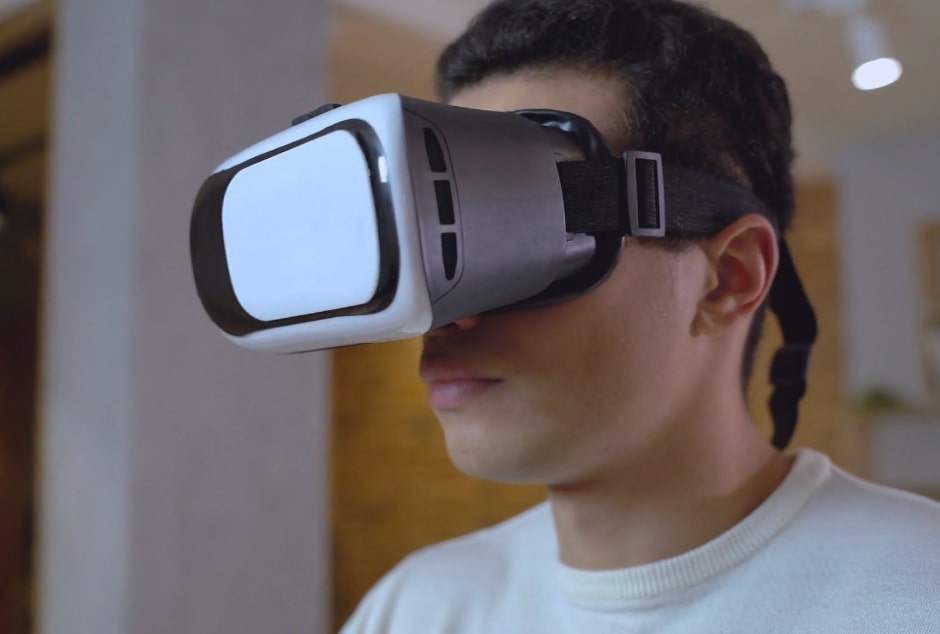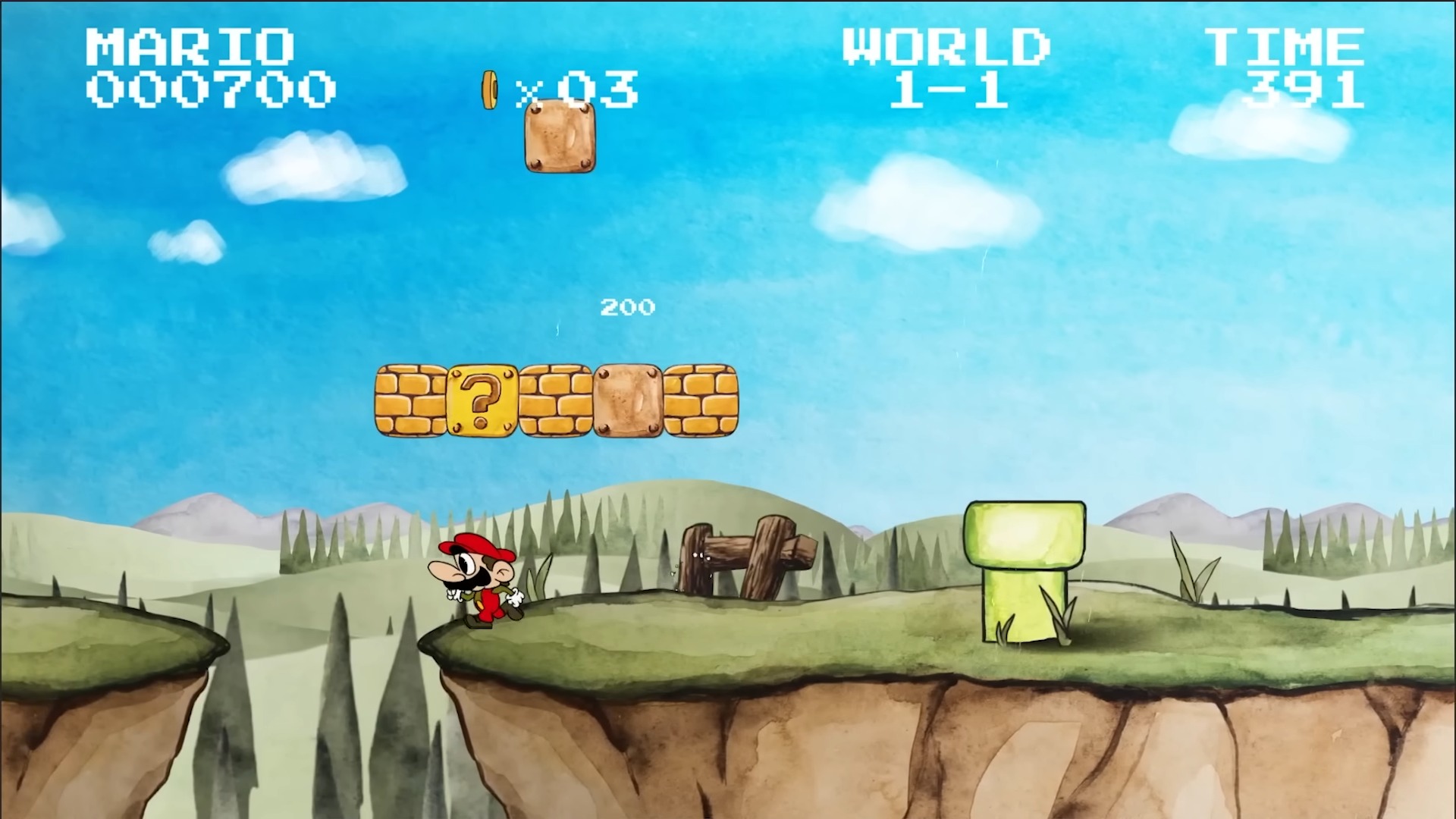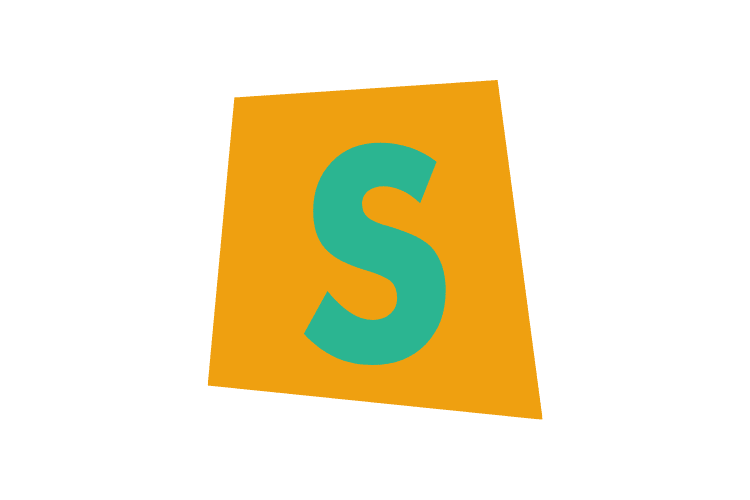Animation plays a pivotal role in the world of multimedia, offering a dynamic and versatile medium for storytelling, education, and communication. This article explores the significance of animation in multimedia, delving into its various aspects and applications.
Table of Contents
ToggleThe Essence of Animation in Storytelling

Animation, in its most fundamental sense, is the art of bringing life to inanimate objects or illustrations. It’s a powerful storytelling tool, enabling creators to manifest worlds and characters that might be impossible or impractical to realize through live-action media. Animated stories can range from realistic to fantastical, appealing to a wide audience by transcending the limitations of physical reality.
One of the most compelling aspects of animation in storytelling is its ability to simplify complex ideas. Animated characters and environments can be designed to represent abstract concepts, making them more accessible and understandable to the audience. This is particularly effective in educational and children’s programming, where visual cues are vital for engagement and comprehension.
Emotional Resonance Through Animated Characters
Characters in animation can evoke strong emotional responses, often more intensely than live-action counterparts. The exaggerated expressions and movements in animation enhance the emotional impact, making it easier for audiences to empathize with the characters. This is why animated films and series often leave lasting impressions, especially on younger viewers.
Moreover, animation breaks the barriers of language and culture. An animated character’s emotions and experiences can be universally understood, regardless of the viewer’s background. This universal appeal is a testament to animation’s power in crossing cultural and linguistic boundaries.
Technological Advancements in Animation

The evolution of animation technology has been remarkable. From traditional hand-drawn animations to computer-generated imagery (CGI), each advancement has expanded the scope of what can be achieved. Modern animation tools allow for more detailed and realistic visuals, enhancing the viewer’s immersion in the animated world.
The integration of technologies like Virtual Reality (VR) and Augmented Reality (AR) in animation has opened new frontiers. These technologies provide a more interactive experience, allowing viewers to engage with animated content in a more personal and immersive way.
Animation in Advertising and Marketing
In the realm of advertising and marketing, animation is a powerful tool. Animated advertisements are memorable and can communicate a brand’s message in a fun and engaging way. They can simplify complex products or services and present them in an easily digestible format. This effectiveness is evident in the widespread use of animation in commercials, online marketing campaigns, and social media content.
The Educational Value of Animation
Animation has a significant role in education. It can transform dull, challenging subjects into engaging and easy-to-understand content. Educational animations can illustrate scientific processes, historical events, and abstract theories in a visually appealing and memorable way. This is especially important in the digital age, where visual content often resonates more with learners than traditional text-based materials.
Future Prospects of Animation
The future of animation in multimedia is bright and full of potential. With emerging technologies like AI-driven animation and interactive storytelling, the boundaries of what can be achieved are continually expanding. Animation will likely become even more integrated into various aspects of our digital lives, from entertainment and education to marketing and virtual interactions.
Expanding the Creative Horizons
Animation’s flexibility in style and expression allows creators to experiment with diverse artistic approaches. Whether it’s the whimsical charm of traditional 2D animation, the sleek and sophisticated look of 3D CGI, or the innovative techniques in stop-motion, each style offers unique storytelling possibilities. This diversity not only enriches the viewer’s experience but also pushes the boundaries of artistic expression.
Creators can tailor their animation style to fit the tone and message of their content. For instance, a documentary on nature might employ lifelike 3D animation to illustrate biological processes, while a fantasy series might opt for stylized 2D animation to convey its imaginative world. This adaptability makes animation an indispensable tool in the multimedia landscape.
Animation in Gaming and Interactive Media

The role of animation in video games and interactive media is fundamental. It enhances the player’s experience by providing realistic character movements, immersive environments, and engaging visual storytelling. In gaming, animation is not just about aesthetics; it’s about creating a responsive and interactive experience that reacts to the player’s actions.
As gaming technology evolves, so does the use of animation in this field. Advanced motion capture techniques and real-time rendering have led to more lifelike and fluid animations, blurring the line between game and reality. This level of realism not only improves gameplay but also elevates the narrative aspect of games, making them comparable to cinematic experiences.
Animation as a Tool for Social Change
Animation has the power to address social issues and promote change. Animated content can be used to raise awareness about critical topics such as environmental conservation, social justice, and mental health. Its ability to convey complex messages in a simple and engaging manner makes it an effective medium for advocacy and education.
Moreover, animation allows for the representation of diverse characters and stories, promoting inclusivity and understanding. By showcasing different cultures, lifestyles, and perspectives, animated content can foster empathy and break down stereotypes.
The Economic Impact of Animation
The animation industry is a significant contributor to the global economy. It not only provides employment opportunities for a wide range of professionals, including animators, writers, designers, and voice actors, but also fuels related industries such as merchandising, theme parks, and tourism.
The success of major animated films and franchises has shown the economic potential of animation. These projects often generate substantial revenue, not just from box office sales but also from merchandise, home media, and cross-media adaptations. This economic impact underscores the importance of animation in the broader entertainment industry.
FAQs
How does animation contribute to user interface design and user experience?
Animation significantly enhances user interface (UI) design and user experience (UX) in digital products. It provides visual feedback to user interactions, making interfaces intuitive and easy to navigate. Subtle animations can guide users through a workflow, highlight changes, or indicate system statuses, improving overall usability and engagement.
Can animation be used effectively in adult education, or is it primarily a tool for children’s learning?
Animation is highly effective in adult education. It breaks down complex concepts into understandable visuals, making learning more engaging for adults. Animated content can be tailored to suit mature audiences, focusing on professional development, skill enhancement, and complex educational topics. Its use in e-learning platforms, instructional videos, and interactive modules exemplifies its effectiveness beyond children’s education.
What role does animation play in the field of data visualization and analytics?
In data visualization and analytics, animation is used to illustrate trends, patterns, and data stories in a more dynamic and comprehensible manner. Animated graphs, charts, and infographics allow viewers to follow changes over time, understand complex data relationships, and grasp abstract concepts more easily, making data more accessible and impactful.
How has the rise of social media platforms influenced the use of animation in marketing and communication?
The rise of social media has significantly increased the use of animation in marketing and communication. Animated content is more likely to catch the attention of users scrolling through their feeds. It’s used in short, impactful videos, explainer animations, and interactive ads tailored for social media platforms. These animations are designed to be shareable, engaging, and capable of conveying a brand’s message quickly and effectively.
What are some challenges faced by animators and content creators in the animation industry?
Animators and content creators face several challenges, including staying abreast of rapidly evolving technology, managing tight production schedules, and ensuring creative originality. Balancing artistic expression with commercial demands, handling complex projects with multiple stakeholders, and adapting to different animation styles and genres are other common challenges in this field.
How does animation contribute to cultural exchange and global storytelling?
Animation is a powerful tool for cultural exchange and global storytelling. It transcends language barriers, allowing stories from different cultures to be shared worldwide. Animated films and series often incorporate cultural themes, folklore, and traditions, exposing audiences to diverse worldviews.
This not only promotes cultural understanding but also enriches global storytelling by bringing a variety of narratives and styles to the forefront.
Final Words
Animation is more than just moving pictures; it’s a versatile and influential medium that has become integral to the fabric of multimedia. Its ability to convey stories, evoke emotions, and simplify complex ideas makes it an essential tool in entertainment, education, advertising, and beyond. As technology continues to evolve, the possibilities for animation in multimedia are endless, promising even more innovative and impactful content in the future.
The importance of animation in multimedia lies in its unique blend of artistry, storytelling, and technology. It’s a medium that constantly adapts and evolves, reflecting the changes in our world while also shaping them.
From captivating films and educational content to immersive games and impactful social campaigns, animation continues to play a crucial role in our digital landscape, enriching our experiences and expanding our horizons.



